Protecting Land to Prevent Poaching
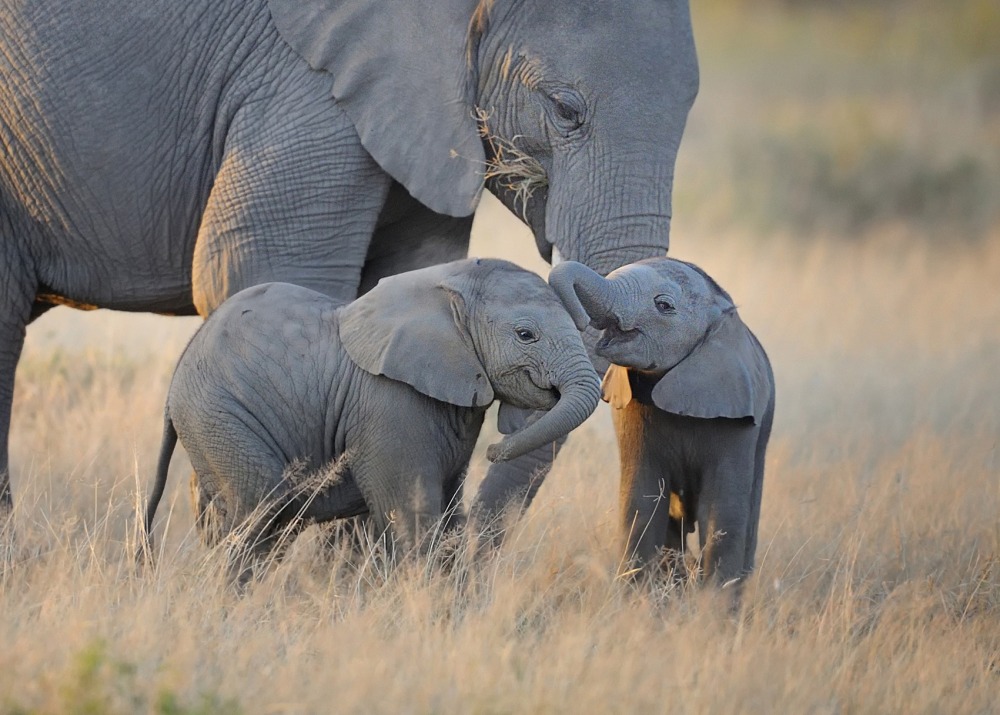
Unsurprisingly, it can be difficult to measure the economic impact of an illegal industry. Even so, experts estimate that the global trade in illegally killed and collected wildlife—both plants and animals—is a $20 billion a year industry.
By protecting acres and training patrols, Rainforest Trust and our partners are battling poaching where it happens by preventing it from happening in the first place. Our approach works. With training and equipment support, our partners are often successful at reducing and sometimes eliminating poaching from our project sites.
Read on to learn more about five of the world’s most heavily poached species, and how you can help protect them by safeguarding the acres where they live.
1. Orchids
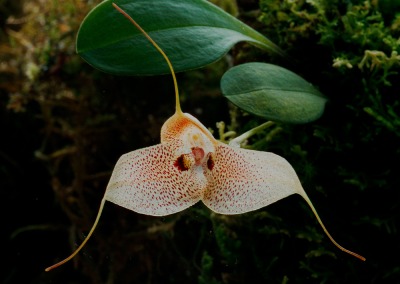
Animals frequently dominate the conversation around poaching, but plants are also at risk. Many trees, for example, are illegally cut down for their valuable lumber. And numerous other species are poached for sale as houseplants, medicine, or other uses. In fact, orchids make up more than 70% of the species listed by the Convention on International Trade of Endangered Species of Wild Fauna and Flora (CITES), an international organization working to prevent the overexploitation of rare and threatened species. In addition to being poached and sold as houseplants, orchids are also illegally harvested for medicine, cosmetics, and food.
In Ecuador, we and local partner Fundación EcoMinga have already protected more than 5,000 acres for orchids through the creation of the Dracula Orchid Reserve, which is named after the recently discovered Dracula Orchid found in the area. Now, we are working with the Andean Ecosystems Association to protect more than 74 thousand acres of river-dominated tropical forest in the Peruvian Amazon, and to halt the illegal collection of the rare orchids and trees that live there.
2. Elephants
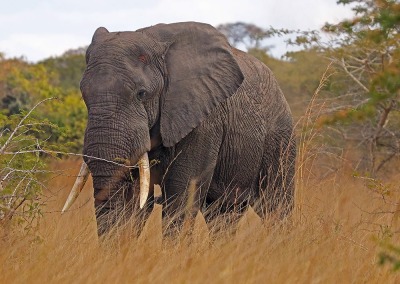
Elephants are among the best known of poached species, and for good reason. Research suggests that roughly 40% of all elephant deaths are due to poachers killing the animals for their tusks, which are harvested to sell on the illegal ivory market. One estimate says that approximately 17,000 African Elephants are killed every year for their ivory.
Protecting the land where they live is one of the best ways to curtail the poaching of elephants and other species. Many past and ongoing Rainforest Trust projects seek to protect acres that support elephants in Africa and Asia. In South Sudan, for example, we and African Parks Network are partnering to protect more than 9.3 million acres for the Endangered African Savanna Elephant and many other species.
3. Helmeted Hornbills
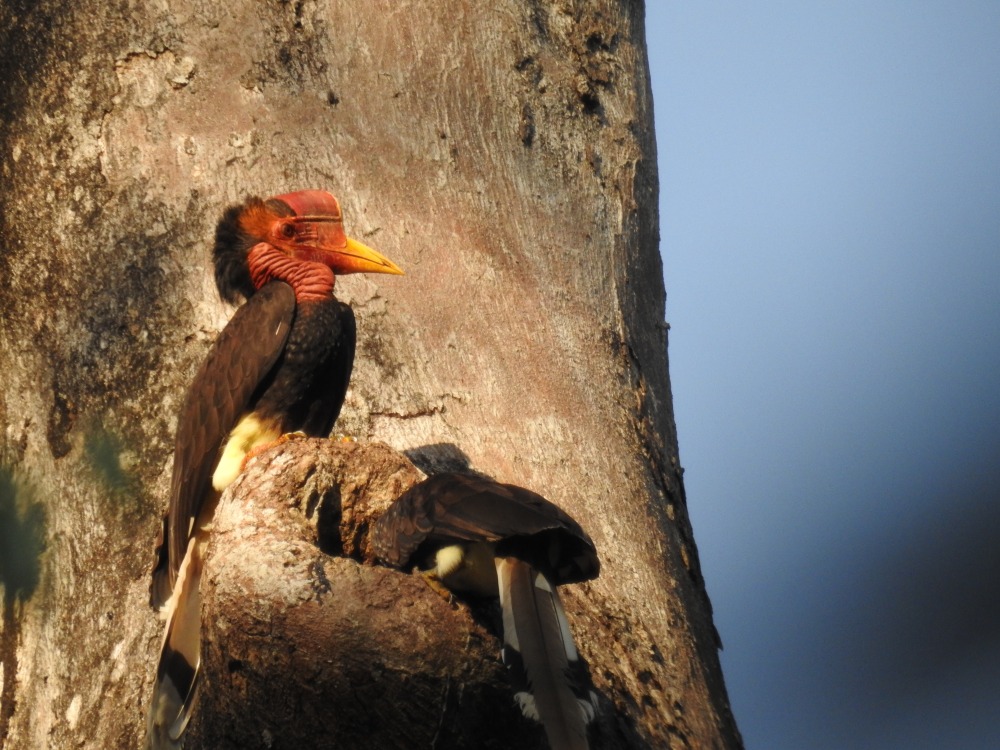
Their large, helmeted beak and bold coloring make the Critically Endangered Helmeted Hornbill a dramatic bird to see. But the “helmet” that gives these birds their name and is also linked to one of their greatest threats: poaching. The casque that tops their beak can be used like ivory, and is in high demand to make beads, jewelry, and carvings. Unsurprisingly, this demand spurs an aggressive trade in illegally poached birds, leading to a declining population that puts this critically endangered species at great risk.
In Indonesian Borneo—where recent studies suggest the Helmeted Hornbill population is in steep decline—Rainforest Trust and local partner Yayasan Rekam Jejak Alam Nusantara are supporting Indigenous communities in an effort to secure 54,000 acres as customary forest, a designation that legally recognizes their ownership and rights to manage and protect their traditional territories from illegal activity, including poaching.
4. Tigers
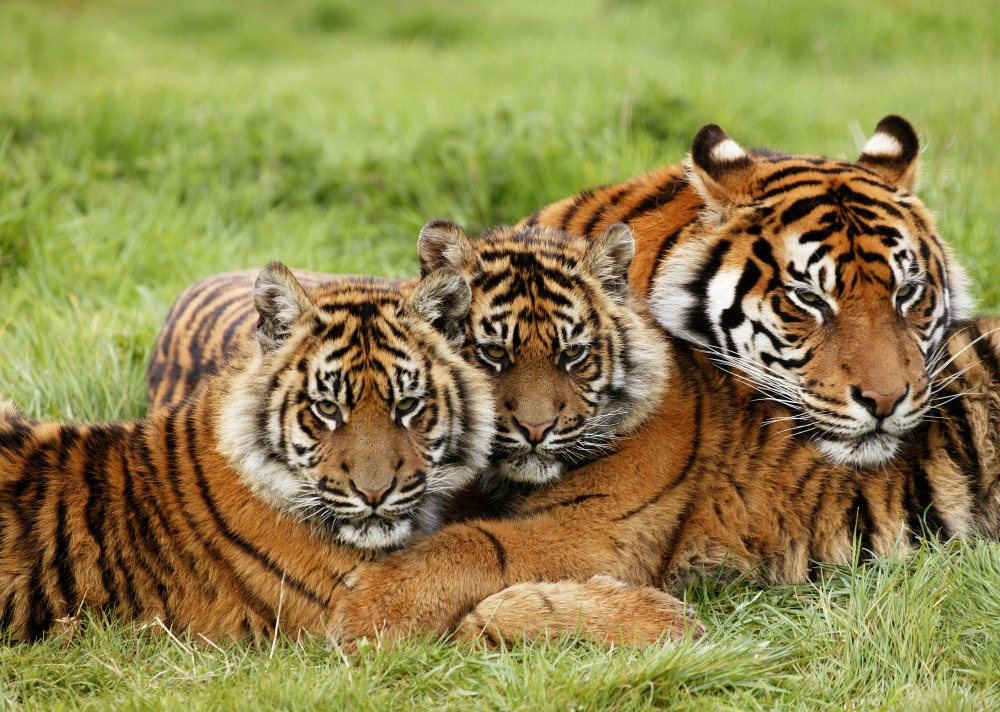
A century ago, 100 thousand or more tigers prowled the wilds of Asia. Today, fewer than 4,000 of the endangered big cats remain. A deadly combination of poaching and habitat loss is the primary cause of their decline. Even now, it’s estimated that 100 or more tigers are killed every year by poachers.
Some local populations and subspecies are especially at risk. In Malaysia, for example, only 150 Malayan Tigers remain. Here, we and partner Panthera seek to protect 332,541 acres of rainforest habitat, where the Critically Endangered Malayan Tiger coexists with six other species of wild cat. This is part of a 20-year effort to protect the entire central forest spine of Peninsular Malaysia for threatened species.
5. Pangolins
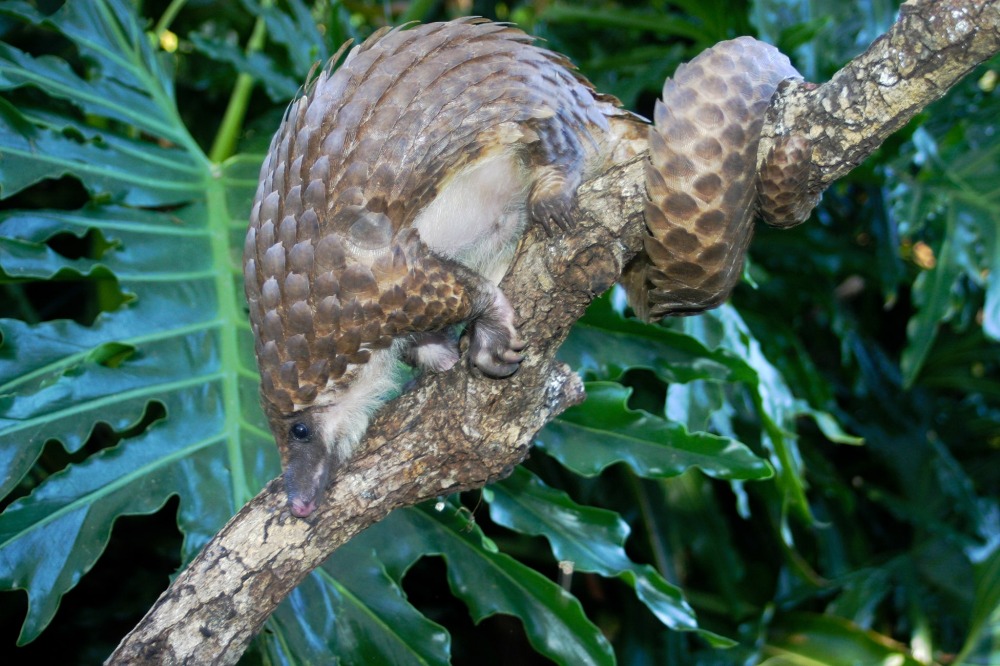
Most experts agree that no mammal species is poached at a higher rate than pangolins, which are harvested for their meat, their skin, and their scales. Eight species of these unusual, armored mammals can be found in a variety of habitats in Africa and Asia, and every single one of those species is a target for poachers. The exact number of illegally killed and collected pangolins is impossible to know, but estimates range from a tally of 10,000 to more than 100,000 (or more) pangolins every single year. Some suggest the true number is much greater.
With the support of our donors, we and our partners have already protected hundreds of thousands of acres for pangolin species in Africa and Asia. And we are not done. In Africa, we and The Wild Chimpanzee Foundation are partnering to protect more than 560 thousand acres of forested habitat for the Endangered White-bellied Pangolin and many other species.
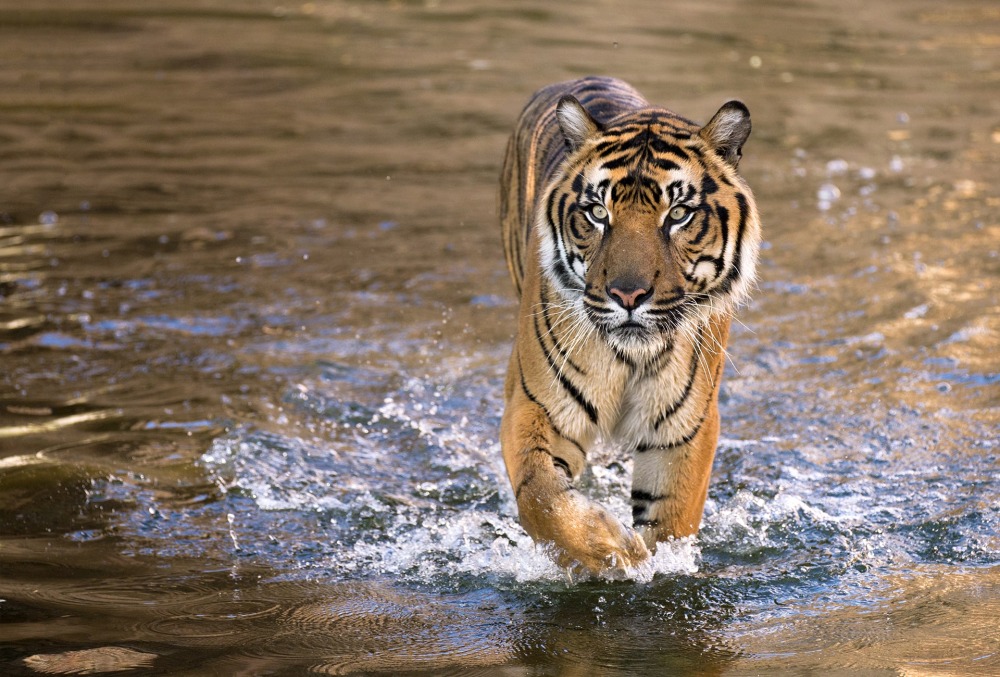
You Can Help
When we protect these species’ homes, we protect these species. Donate to our Conservation Action Fund to help support projects to protect these and other threatened and poached species around the world.
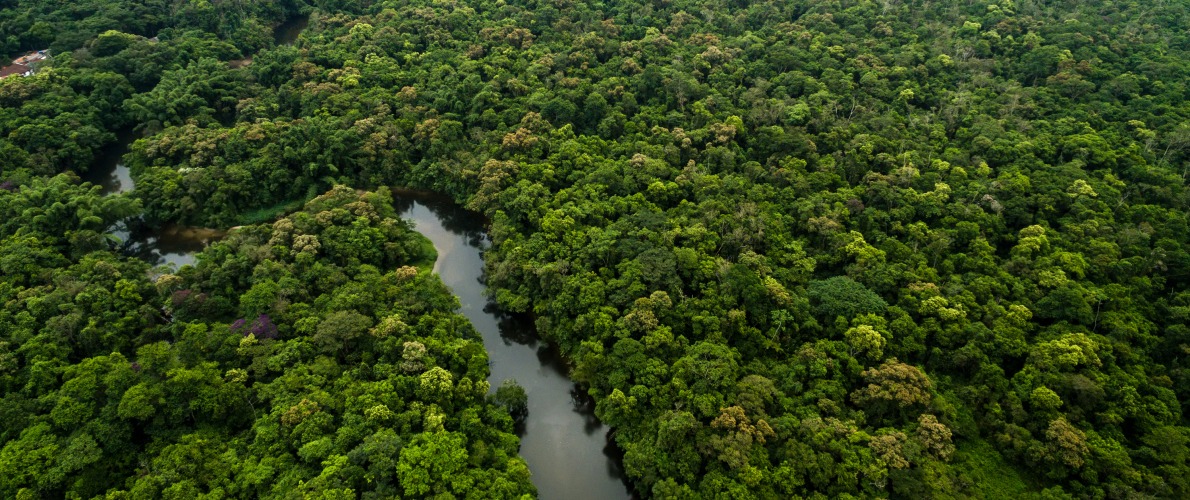
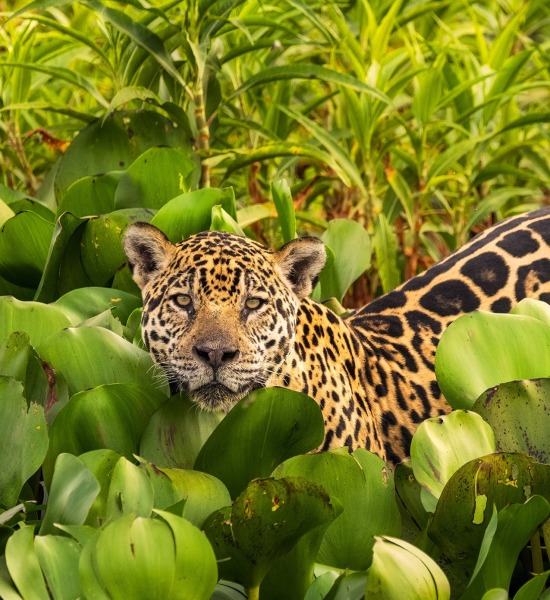
The Conservation Action Fund
Rainforest Trust’s Conservation Action Fund powers our important conservation work when and where it is needed most across the tropics to save species and protect our planet.









